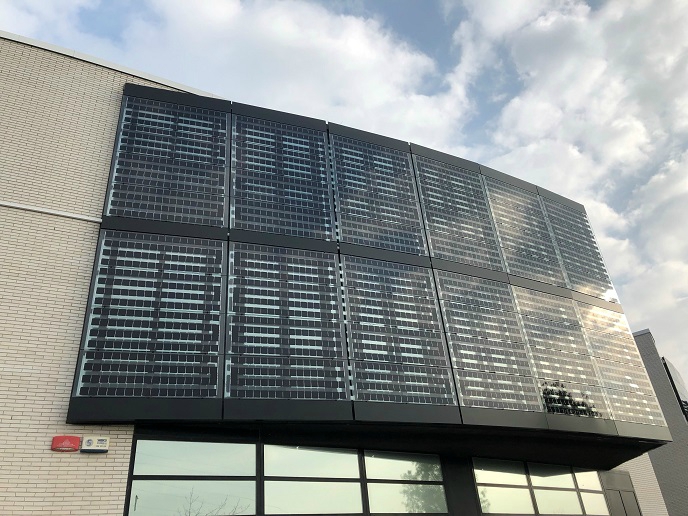Solar technology brings Europe closer to nearly-zero energy buildings
The BIPV market is growing, thanks mainly to increasingly demanding legislation on the energy performance of buildings. However, market uptake has been hindered by the lack of holistic solutions that comply with key demands from decision-makers and end users. Overcoming existing BIPV technology challenges “A combined industrial effort is needed to develop highly efficient and multifunctional energy-producing construction materials in order to provide market opportunities worldwide for European PV and construction industry value chains,” says Dr Eduardo Roman, coordinator of the EU-funded PVSITES project. Standing in the way of market deployment are cost reduction, design flexibility, high performance, long-term reliability, aesthetics, and legal regulation standardisation and compliance. Overall, the aim is to “pave the way towards a BIPV global market uptake led by European industry.” Now in its final year, PVSITES is already demonstrating a broad range of BIPV solutions that are fully aligned with European policy and legal frameworks. It has developed a large variety of aesthetic, high-performance and cost-effective glass-based silicon modules and thin-film copper-indium-gallium-selenide (CIGS)-on-metal module technology. The PVSITES team successfully tested the crystalline silicon and CIGS BIPV modules, and demonstrated their compliance with PV and construction standards. “It’s one of the first – if not the first – thorough applications of the new European standard for BIPV,” notes Dr Roman. The team has installed and monitored several products at outdoor test benches in France and Spain. In the power electronics field, project partners have manufactured an inverter prototype based on silicon carbide (SiC), and completed the first testing. They have also designed, validated and fully characterised a low-cost 10 kW storage inverter according to relevant standards. Team members have developed a software platform to jointly simulate building energy performance and BIPV systems production in real operating conditions. A pre-commercial version has been launched and it is available for free. Webinars on the software tool and its use will be organised. Seven demonstration installations have been completed in residential, commercial and industrial buildings in Belgium, France, Spain and Switzerland. These installations will be monitored for at least a year to gather first-hand data on technology performance. Free how-to training sessions held at the demo sites will provide both professionals and students with an opportunity to learn about BIPV products, installation, design, application and safety considerations. BIPV products slated for wider deployment According to Dr Roman: “PVSITES will enhance the visibility of BIPV technology across and beyond Europe and strengthen the European BIPV and construction industries through a significant increase in installed capacity.” Commercial success has arrived early, thanks to strong business strategies of manufacturer companies tailored to each and every developed technology. Several project partners have managed to sell PVSITES BIPV products to markets in Africa, Europe and the United States. “We will not only boost stakeholder and public awareness of BIPV solutions, but also of renewable energy generation as a whole,” concludes Dr Roman.
Keywords
PVSITES, building-integrated photovoltaics (BIPV), energy, buildings, copper indium gallium selenide (CIGS), PV, module, software







